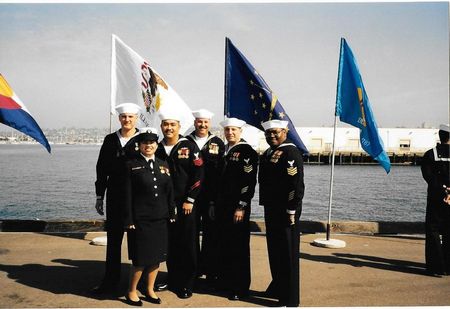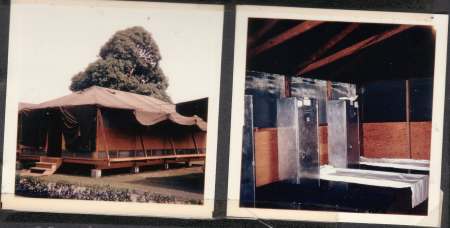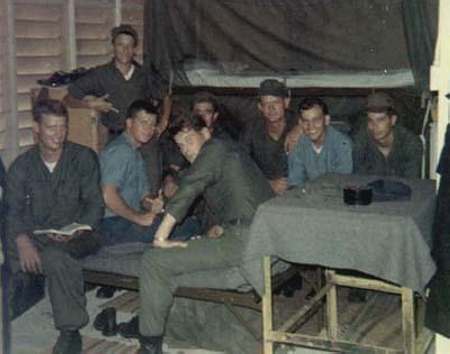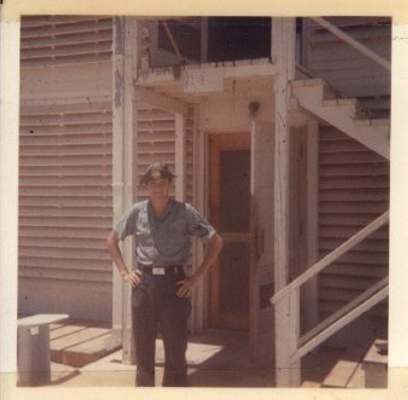ABOUT NAVCOMMSTAPHIL
- Origins in the Cold War: NAVCOMMSTAPHIL, or U.S. Naval Communications Station Philippines, was established during the early stages of the Cold War to support U.S. military operations in the Pacific region, especially after World War II.
- Strategic Location: Its main base was located at San Miguel, Zambales, with extensions at Subic Bay and other facilities, making it a crucial node for naval communications between the United States, Southeast Asia, and the Pacific.
- Role in Vietnam War: During the Vietnam War, NAVCOMMSTAPHIL was a vital hub for relaying classified and operational messages between U.S. forces, playing a critical role in coordinating military actions and intelligence sharing.
- Massive Communication Network: The unit operated advanced communication equipment, including high-frequency (HF) and very low frequency (VLF) transmitters and receivers, supporting both ship-to-shore and worldwide communications.
- Support for Space Missions: NAVCOMMSTAPHIL participated in relaying communications for NASA space missions, including Apollo lunar missions, as part of the global U.S. Navy communications system.
- Largest U.S. Navy Communications Station Overseas: At its peak, NAVCOMMSTAPHIL was the largest overseas communications station operated by the U.S. Navy, employing thousands of military personnel and Filipino civilians.
- Community and Culture: The station developed a unique culture, with amenities such as schools, clubs, and recreational facilities for families, creating a “little America” in the Philippines.
- Closure and Handover: Following the non-renewal of the U.S.-Philippines bases agreement, the station closed in 1992, and its facilities were turned over to the Philippine government, marking the end of almost a century of major U.S. military presence.
- Environmental Legacy: The closure left behind significant infrastructure and, in some cases, environmental challenges due to past military operations, which became a subject of discussion between the U.S. and Philippines.
- Commemorative Activities: Former personnel and their families maintain active alumni groups, sharing stories, memorabilia, and organizing reunions to honor the legacy and camaraderie built at NAVCOMMSTAPHIL.













